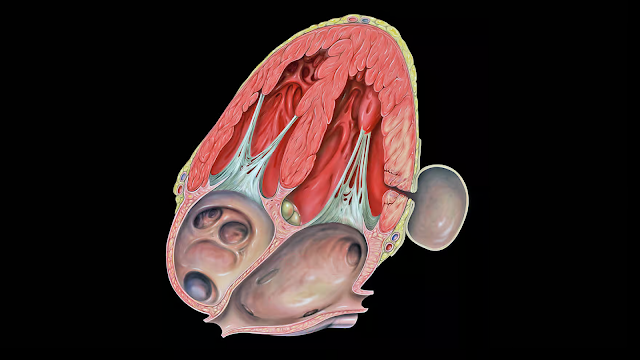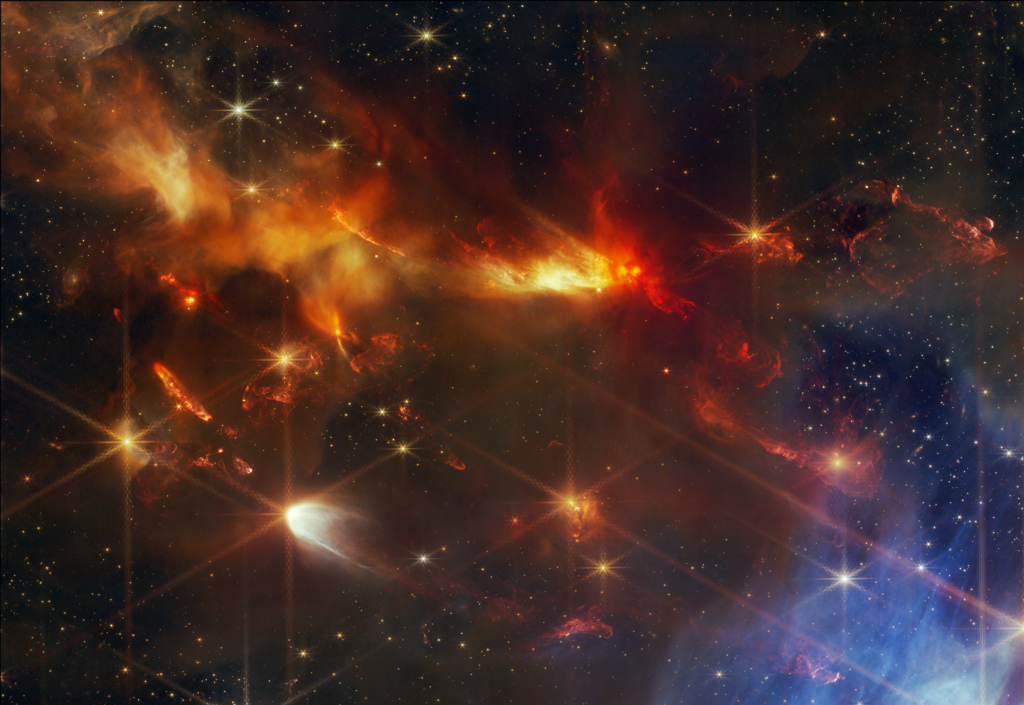Nombre total de pages vues
29/06/2024
SANTé/MEDECINE - Anatomie du coeur - Pseudo-anévrisme du ventricule gauche
SANTé/MEDECINE - L'immortalité pour bientôt - Qui souhaite vivre éternellement ?
ASTRONOMY - A Solstice Moon
Image Credit & Copyright: Tunc Tezel (TWAN)
Explanation: Rising opposite the setting Sun, June's Full Moon occurred within about 28 hours of the solstice. The Moon stays close to the Sun's path along the ecliptic plane and so while the solstice Sun climbed high in daytime skies, June's Full Moon remained low that night as seen from northern latitudes. In fact, the Full Moon hugs the horizon in this June 21 rooftop night sky view from Bursa, Turkey, constructed from exposures made every 10 minutes between moonrise and moonset. In 2024 the Moon also reached a major lunar standstill, an extreme in the monthly north-south range of moonrise and moonset caused by the precession of the Moon's orbit over an 18.6 year cycle. As a result, this June solstice Full Moon was at its southernmost moonrise and moonset along the horizon.
28/06/2024
SANTé/MEDECINE - L'immortalité pour bientôt - Tout est donc dans la tête ?
SANTé/MEDECINE - Anatomie du coeur humain - Coeur droit
ASTRONOMY - Comet 13P/Olbers
2024 June 28
Image Credit & Copyright: Dan Bartlett`
Explanation: Not a paradox, Comet 13P/Olbers is returning to the inner Solar System after 68 years. The periodic, Halley-type comet will reach its next perihelion or closest approach to the Sun on June 30 and has become a target for binocular viewing low in planet Earth's northern hemisphere night skies. But this sharp telescopic image of 13P is composed of stacked exposures made on the night of June 25. It easily reveals shifting details in the bright comet's torn and tattered ion tail buffeted by the wind from an active Sun, along with a broad, fanned-out dust tail and slightly greenish coma. The frame spans over two degrees across a background of faint stars toward the constellation Lynx.
27/06/2024
ASTRONOMY - Protostellar Outflows in Serpens
2024 June 27
Image Credit: NASA, ESA, CSA, STScI, Klaus Pontoppidan (NASA-JPL), Joel Green (STScI)
Explanation: Jets of material blasting from newborn stars, are captured in this James Webb Space Telescope close-up of the Serpens Nebula. The powerful protostellar outflows are bipolar, twin jets spewing in opposite directions. Their directions are perpendicular to accretion disks formed around the spinning, collapsing stellar infants. In the NIRcam image, the reddish color represents emission from molecular hydrogen and carbon monoxide produced as the jets collide with the surrounding gas and dust. The sharp image shows for the first time that individual outflows detected in the Serpens Nebula are generally aligned along the same direction. That result was expected, but has only now come into clear view with Webb's detailed exploration of the active young star-forming region. Brighter foreground stars exhibit Webb's characteristic diffraction spikes. At the Serpens Nebula's estimated distance of 1,300 light-years, this cosmic close-up frame is about 1 light-year across.
26/06/2024
SANTé/MEDECINE - Anatomie du coeur humain - Infarctus dans le ventricule gauche
SANTé/MEDECINE - L'immortalité pour bientôt - Télécharger son cerveau
ASTRONOMY - M1: The Crab Nebula
2025 December 29 M1: The Crab Nebula Image Credit & Copyright: Alan Chen Explanation: This is the mess that is left when a star explo...

-
2022 September 26 All the Water on Planet Earth Illustration Credit: Jack Cook, Adam Nieman, Woods Hole Oceanographic Institution ; Data ...
-
2025 May 11 The Surface of Venus from Venera 14 Image Credit: Soviet Planetary Exploration Program , Venera 14 ; Processing & Copyri...








